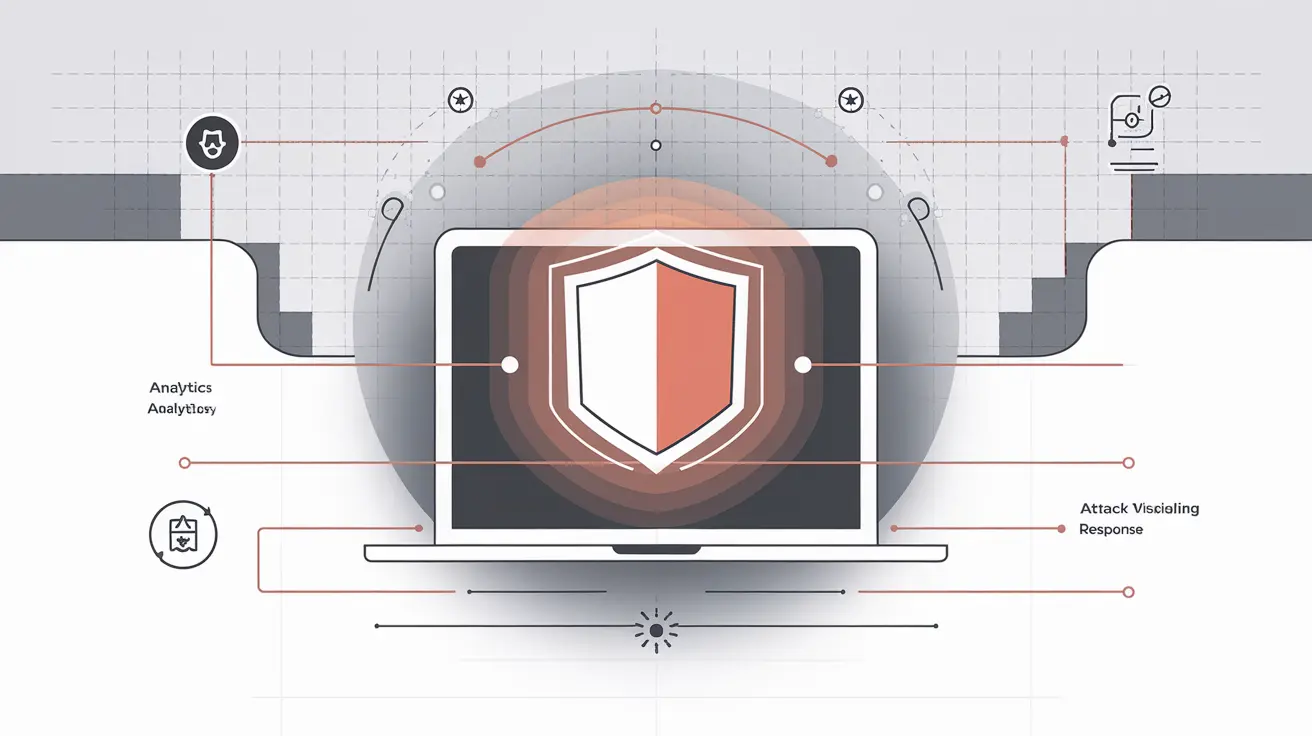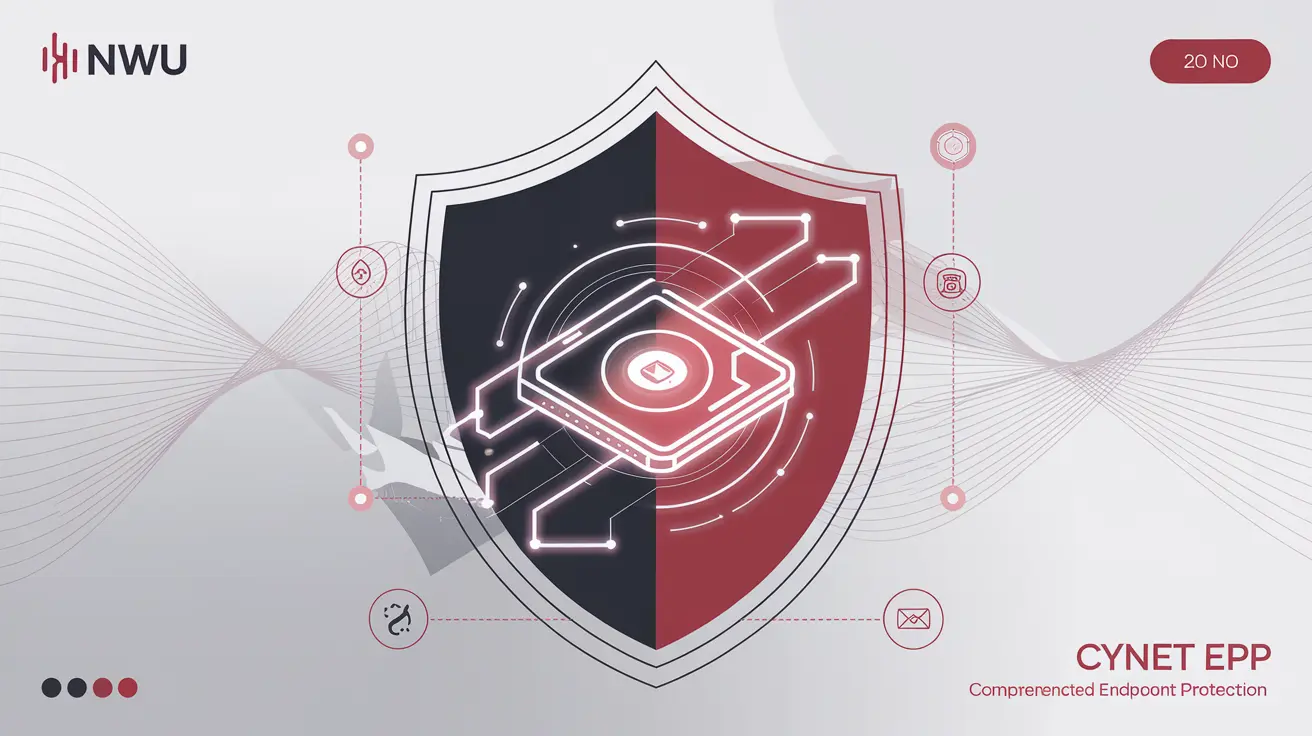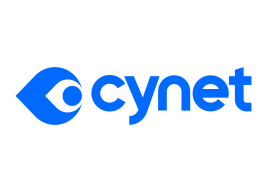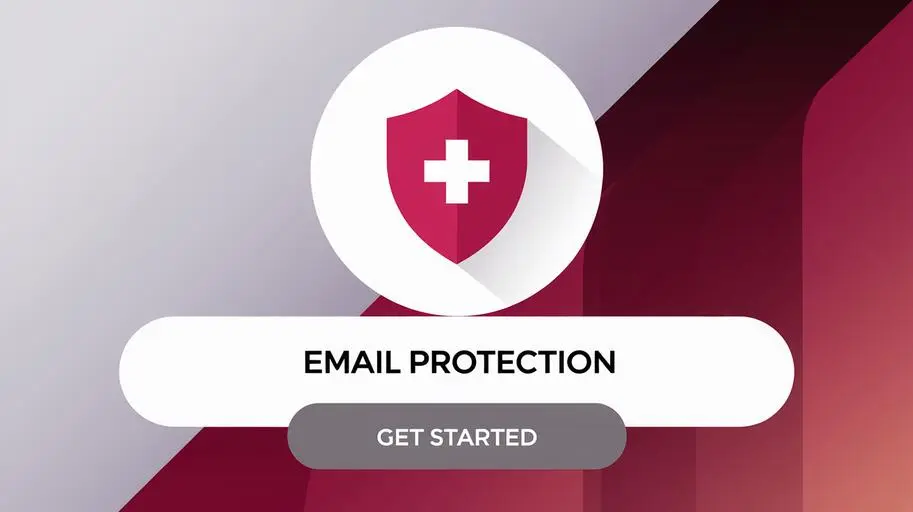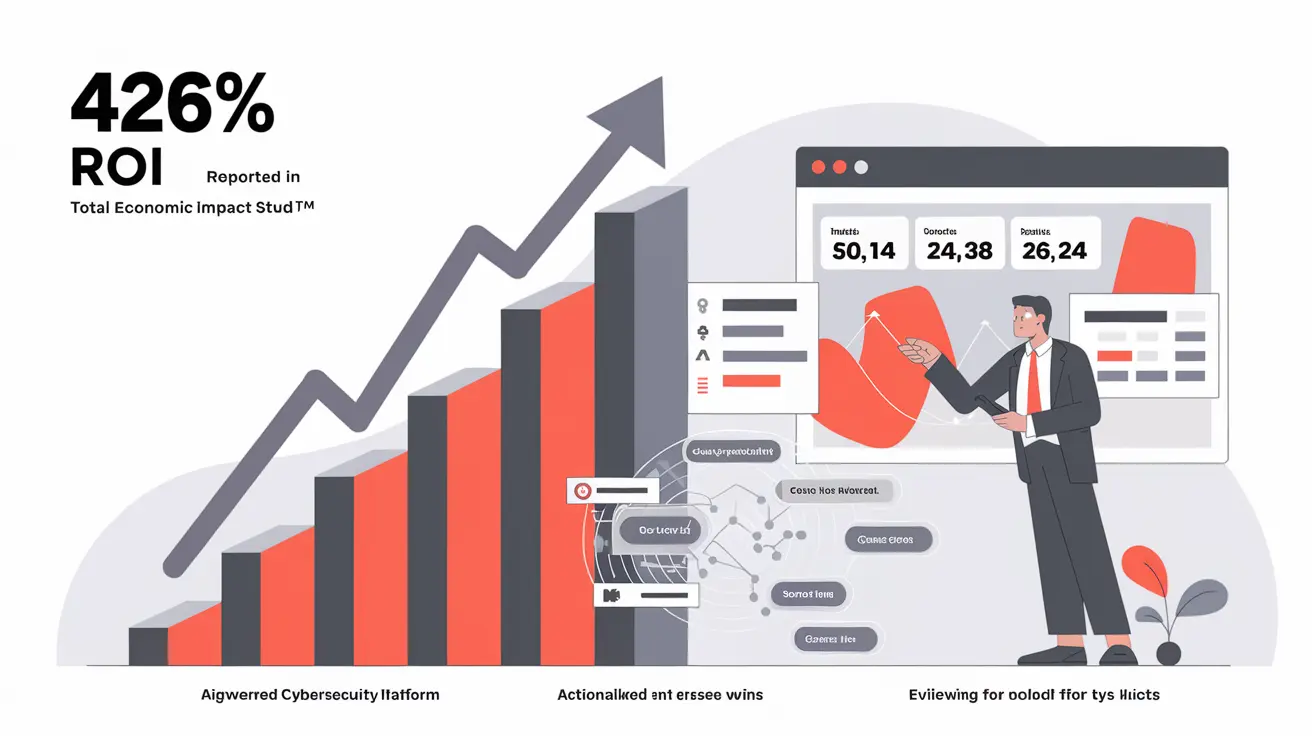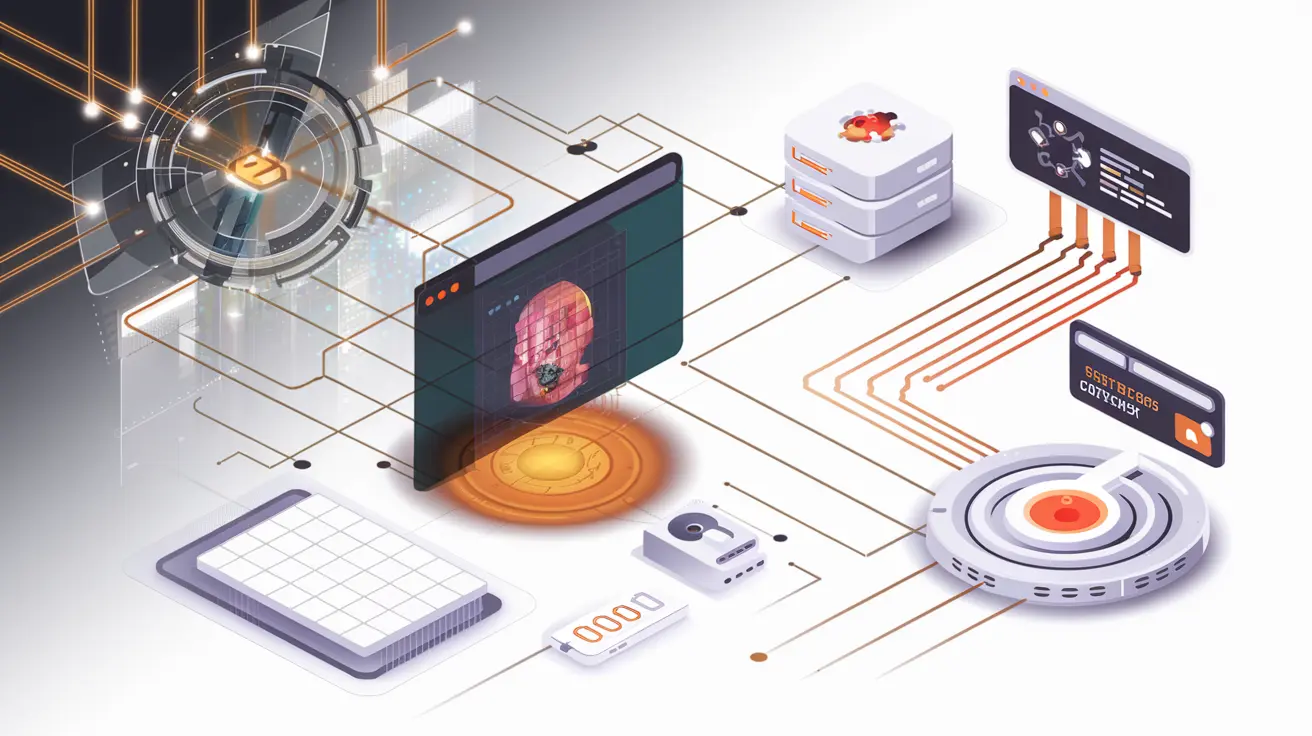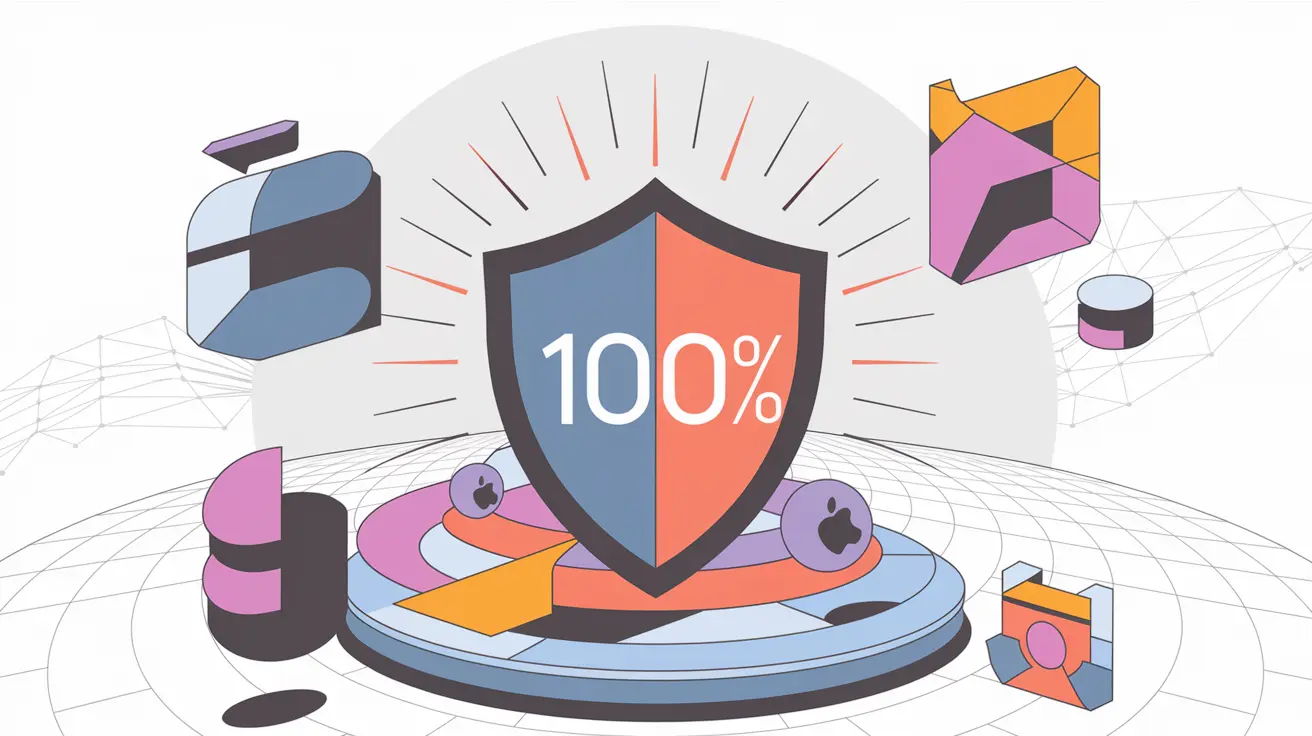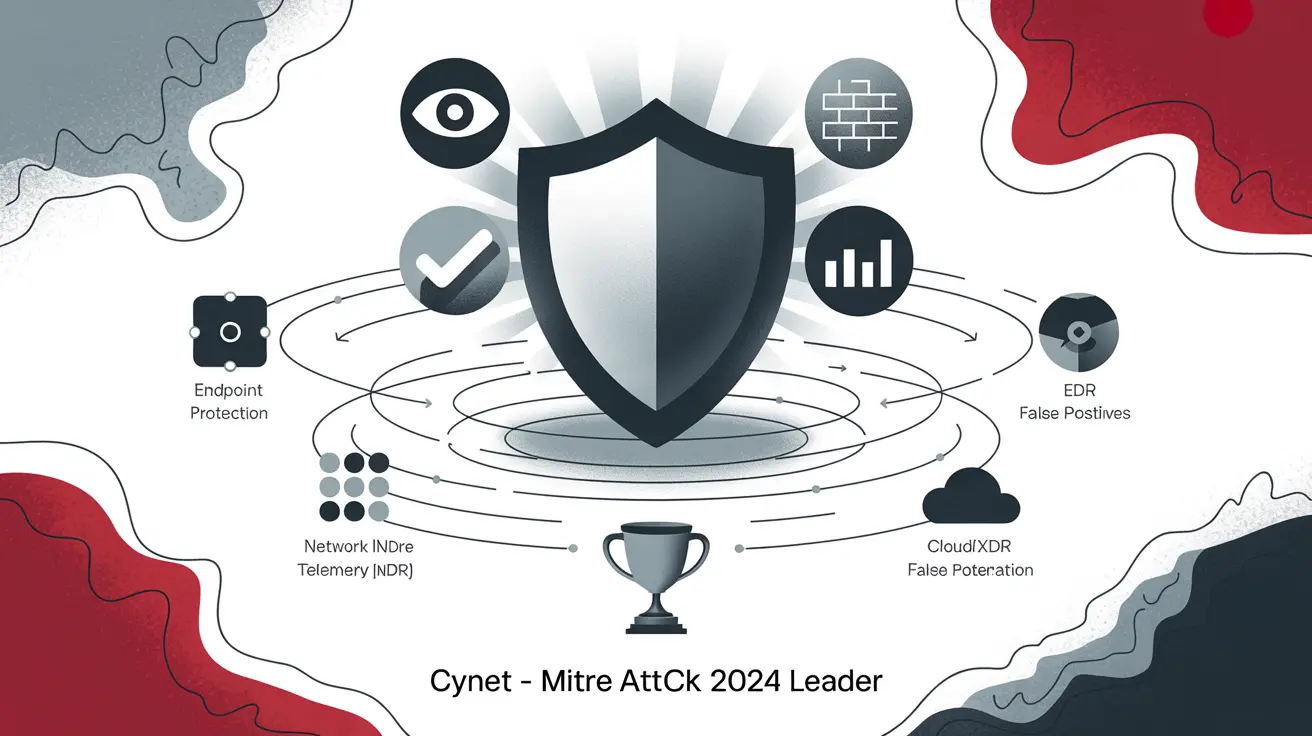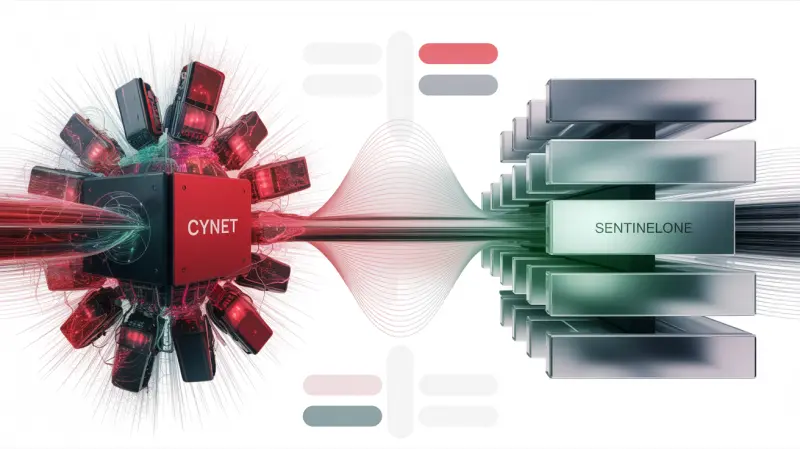
In today’s world of cyber threats, organizations need robust endpoint protection more than ever. Choosing the right endpoint security solution is a critical step in ensuring business security. In this article, we will conduct a detailed EDR comparison, examining two prominent players in the market: Cynet and SentinelOne. Our focus will be on the capabilities, functionality, and overall effectiveness of each product. This is Cynet vs SentinelOne – a battle for the security of your data.
Endpoint Security: Cynet and SentinelOne – Which is More Effective?
Choosing the optimal endpoint security solution requires careful analysis. It’s important to understand that there is no one-size-fits-all solution, and the best choice depends on the specific needs and infrastructure of your organization. We will consider key aspects such as threat detection, incident response, ease of use, and cost to help you make an informed decision between Cynet and SentinelOne.
Threat Detection and Prevention: In-Depth Analysis
The effectiveness of an endpoint security solution directly depends on its ability to detect and prevent threats. Let’s take a detailed look at how Cynet and SentinelOne handle this task.
Cynet 360 AutoXDR is a platform that combines the capabilities of EDR, NDR, and UEBA, providing comprehensive protection against a wide range of threats. Cynet uses advanced detection methods, including behavioral analysis, machine learning, and threat intelligence, to identify even the most sophisticated attacks. A key feature of Cynet is its focus on automating security processes, allowing security teams to respond to incidents effectively.
SentinelOne Singularity is a platform that offers AI-powered endpoint protection. SentinelOne uses behavioral analysis and machine learning to detect and prevent threats in real time. A key feature of SentinelOne is its ability to operate autonomously, without the need for a constant connection to the cloud, making it an ideal solution for organizations with limited internet access.
When comparing EDR capabilities, it is important to consider the following aspects:
- Types of threats the solution detects: Cynet and SentinelOne are capable of detecting a wide range of threats, including malware, ransomware, targeted attacks, and zero-day vulnerabilities.
- Detection accuracy: Cynet and SentinelOne use advanced detection methods to minimize false positives.
- Detection speed: Cynet and SentinelOne are capable of detecting threats in real time, allowing for rapid incident response.
- Prevention capabilities: Cynet and SentinelOne offer various threat prevention capabilities, including blocking malicious files, isolating infected endpoints, and automatically remediating threats.
Incident Response: Speed and Efficiency
After a threat is detected, a rapid and effective incident response is critical. Let’s compare the capabilities of Cynet and SentinelOne in this area.
Cynet offers automated incident response tools that allow security teams to quickly isolate infected endpoints, remove malicious files, and restore systems after an attack. Cynet also provides detailed information about the incident, allowing security analysts to understand the causes and consequences of the attack.
SentinelOne also offers automated incident response tools that allow security teams to quickly isolate infected endpoints, remove malicious files, and restore systems after an attack. SentinelOne also offers a rollback feature that allows you to restore the system to its pre-infection state.
When SentinelOne vs Cynet comparing in the context of incident response, you should pay attention to:
- Response speed: Cynet and SentinelOne allow you to respond quickly to incidents, minimizing potential damage.
- Automation: Cynet and SentinelOne offer automated incident response tools that make it easier for security teams to work.
- Recovery capabilities: Cynet and SentinelOne offer various recovery capabilities after an attack, including rollback and system recovery from backups.
- Integration with other security tools: Cynet and SentinelOne integrate with other security tools, such as SIEM and SOAR, to provide comprehensive protection.
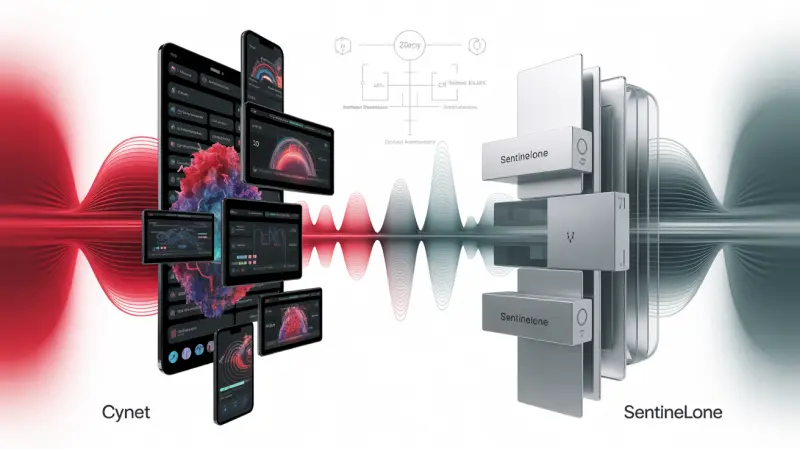
Ease of Use and Management
Ease of use and management of an endpoint security solution is an important factor, especially for organizations with limited IT resources.
Cynet offers a centralized management console that allows security teams to easily manage all aspects of endpoint security. Cynet also offers an intuitive interface that makes the solution easy to set up and use.
SentinelOne also offers a centralized management console that allows security teams to easily manage all aspects of endpoint security. SentinelOne offers a modular structure that allows you to configure only the necessary functions.
When choosing between Cynet and SentinelOne, consider:
- Ease of installation and configuration: Cynet and SentinelOne are easy to install and configure, allowing you to quickly start using the solution.
- Intuitive interface: Cynet and SentinelOne offer an intuitive interface that makes managing the solution easier.
- Centralized management: Cynet and SentinelOne offer a centralized management console that allows security teams to easily manage all aspects of endpoint security.
- Reporting and analytics: Cynet and SentinelOne offer detailed reporting and analytics that allow security teams to monitor the security status of endpoints and identify potential threats.
Cost and Licensing
Cost is an important factor when choosing any security solution. You should consider not only the cost of licenses, but also the cost of implementation, maintenance and staff training.
Cynet offers a flexible licensing model that allows organizations to choose the optimal option based on their needs. The cost of Cynet varies depending on the number of endpoints that need to be protected.
SentinelOne also offers a flexible licensing model that allows organizations to choose the optimal option based on their needs. The cost of SentinelOne varies depending on the number of endpoints that need to be protected and the features selected.
When comparing the cost of Cynet and SentinelOne, consider:
- License costs: Cynet and SentinelOne offer various licensing models, so it is important to compare prices and choose the optimal option for your organization.
- Implementation costs: Implementation costs may vary depending on the size and complexity of your infrastructure.
- Maintenance costs: Maintenance costs may vary depending on the level of support you need.
- Training costs: Training costs may vary depending on the number of employees who need to be trained.
Choosing Between Cynet and SentinelOne: Determining Factors
Choosing between Cynet and SentinelOne is a complex task that depends on many factors. There is no definitive answer to the question of which solution is better. It is important to carefully analyze your needs and infrastructure to choose a solution that best meets your requirements.
When choosing between Cynet and SentinelOne, it is important to consider the following key factors:
- The size and complexity of your organization: For large and complex organizations that require comprehensive protection, Cynet may be the best choice. For small and medium-sized organizations that require a simple and reliable solution, SentinelOne may be more suitable.
- Your security needs: If you need protection against a wide range of threats, including malware, ransomware, targeted attacks, and zero-day vulnerabilities, Cynet and SentinelOne may be good choices. If you need protection against specific threats, it is important to assess how Cynet and SentinelOne handle those threats.
- Your budget: Cynet and SentinelOne offer various licensing models, so it is important to compare prices and choose the optimal option for your budget.
- Your IT resources: If you have limited IT resources, you may be better off with a solution that is easy to install, configure, and manage.
- Your compliance requirements: If you are required to comply with certain regulatory requirements, it is important to ensure that Cynet and SentinelOne comply with those requirements.
Conclusion: Making the Right Choice in the World of Cybersecurity
Ultimately, the choice between Cynet and SentinelOne depends on your unique needs and priorities. Both solutions offer robust protection against modern cyber threats, but have different strengths and approaches. For more effective protection of your infrastructure, consider implementing a comprehensive system using both solutions. It is important to remember that choosing a solution for endpoint security, comparing different options and continuous threat monitoring is an ongoing process that requires attention and adaptation to the changing situation in the field of cybersecurity.
Contact us for a personal consultation to help you choose the optimal solution for protecting your organization.
FAQ: Cynet vs SentinelOne - Choosing the Right Protection for Your Company
-
What is EDR and why is it important for endpoint protection?
EDR (Endpoint Detection and Response) is a solution for detecting and responding to security threats on endpoints (computers, servers, etc.). EDR is important because it provides protection against modern cyber threats that can bypass traditional antivirus solutions.
-
What is the main difference between Cynet and SentinelOne?
Cynet 360 AutoXDR combines EDR, NDR, and UEBA for comprehensive protection and focuses on automating security processes. SentinelOne Singularity uses artificial intelligence for autonomous endpoint protection, even without a constant connection to the cloud.
-
What types of threats can Cynet and SentinelOne detect?
Both solutions are capable of detecting a wide range of threats, including malware, ransomware, targeted attacks, and zero-day vulnerabilities.
-
How quickly do Cynet and SentinelOne respond to security incidents?
Both solutions allow for rapid incident response, minimizing potential damage, thanks to automated response tools.
-
What does "automated incident response tools" mean?
These are tools that allow you to automatically isolate infected endpoints, remove malicious files and restore systems after an attack, reducing response time and reducing the load on the security team.
-
Which product is easier to use and manage?
Both solutions offer a centralized management console with an intuitive interface. The choice depends on the preferences of the specific security team and the required level of detail in the settings. SentinelOne offers a modular structure, Cynet - more comprehensive "out-of-the-box" protection.
-
How is the cost of licenses for Cynet and SentinelOne determined?
The cost of licenses for both solutions varies depending on the number of endpoints that need to be protected and the selected features.
-
Which product is better for a large and complex organization?
For large and complex organizations that require comprehensive protection, Cynet may be a better choice due to the integration of EDR, NDR, and UEBA.
-
What if we have a small organization, what would you recommend?
For small and medium-sized organizations that require a simple and reliable solution, SentinelOne may be more suitable, especially if autonomous operation without a constant connection to the cloud is important.
-
What should be considered when choosing between Cynet and SentinelOne?
It is important to consider the size and complexity of your organization, security needs, budget, IT resources, and compliance requirements.
